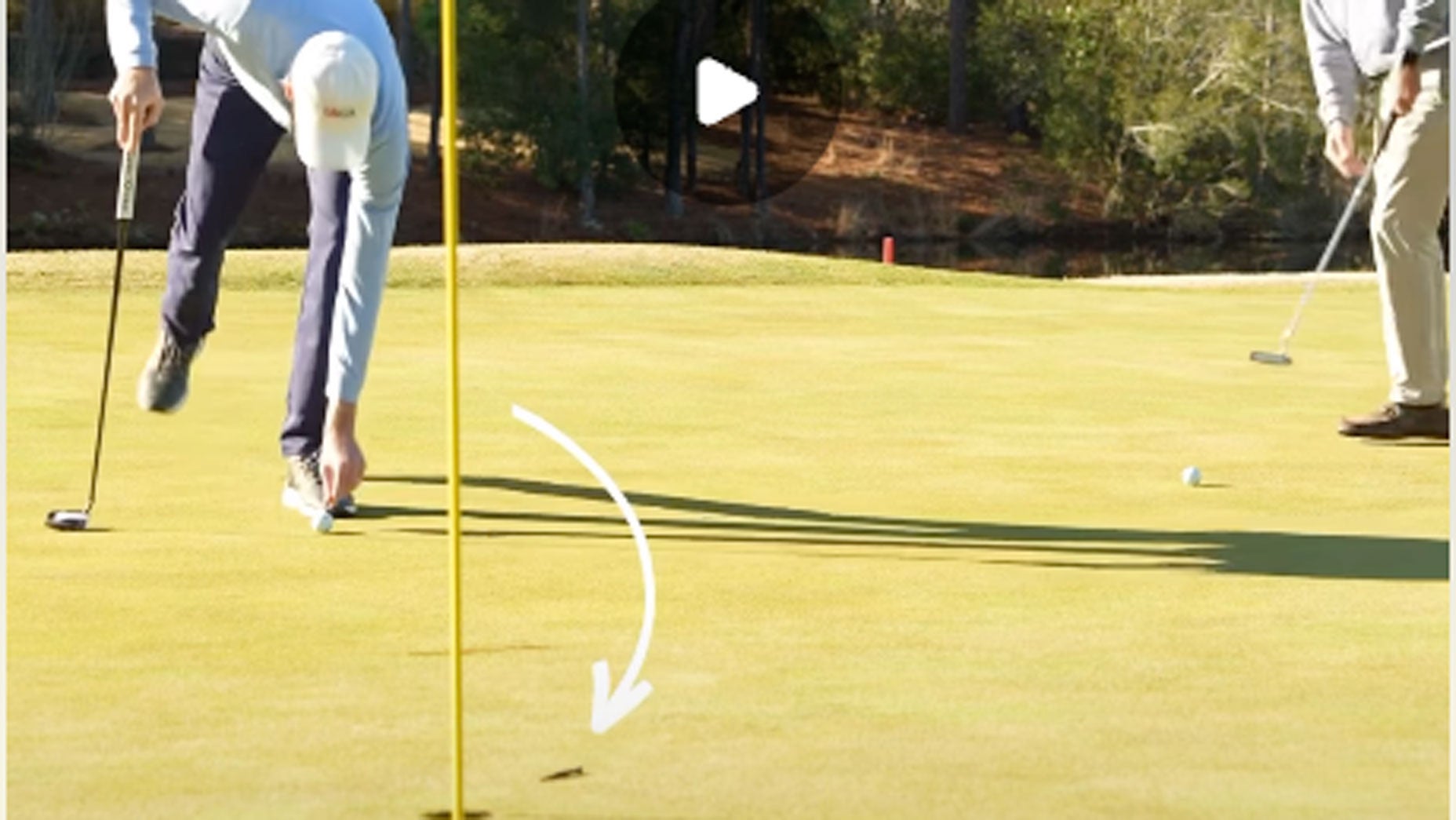This content was first published in Golf Journal, a quarterly print publication exclusively for USGA Members. To be among the first to receive Golf Journal and to learn how you can ensure a strong future for the game, become a USGA Member today!
A teddy bear. A Girl Scout uniform. A Lego tractor.
For Donna Caponi, Nancy Lopez and Sandy Lyle, respectively, these nostalgic objects take them back to their childhoods. The items featured in each of their World Golf Hall of Fame lockers are portals to their youth, meaningful and tangible connections to the years before they won major championships and signed autographs for adoring fans.
It’s not just World Golf Hall of Fame members going back to their roots this spring; the institution itself is returning to its original home. In May, the Hall officially began a new chapter in Pinehurst, N.C., a few hundred yards from where it held its inaugural induction ceremony in 1974 and was located for nearly two decades. After a quarter-century in St. Augustine, Fla., the Hall of Fame has returned home.
The focal point of the new experience is the Member Locker Room, a space dedicated to the 165 Hall of Famers that showcases significant artifacts from their careers and personal lives. Visitors will be able to see everything from Tiger Woods’ Havemeyer Trophy and the clubs Mark O’Meara used to win the Masters to Annika Sorenstam’s Swedish passport and Colin Montgomerie’s cricket bat.
Here, six World Golf Hall of Fame members discuss the stories behind objects they chose for their lockers.
Curtis Strange’s U.S. Open driver
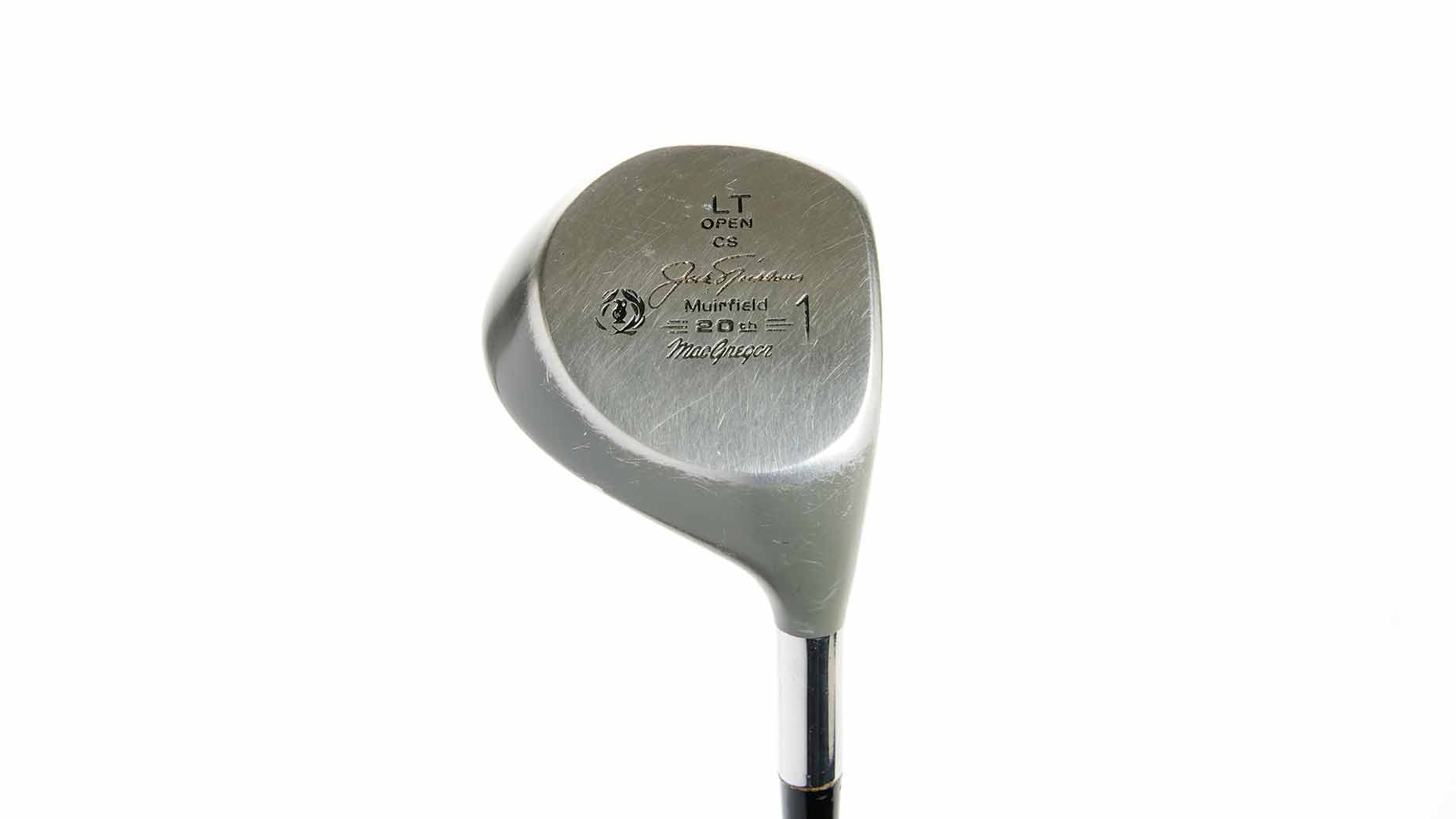
My MacGregor driver that I used in the late 1980s is so much more than just a grip, shaft and clubhead. It propelled me to do something that was life-changing.
We were still in transition from wood to metal clubheads at that time, and in fact no one had won a major with a metal driver yet. I wasn’t the longest hitter on Tour, but I was extremely accurate, which is always a priority in the U.S. Open.
Going into 1988 at The Country Club, I was playing some of the best golf of my career but had yet to win a major — something I was reminded of constantly. I was able to take that next step by beating Nick Faldo in a playoff, then backed it up the following year at Oak Hill.
It was the first time someone had won back-to-back U.S. Opens since Ben Hogan in 1950-51 — and that driver was a big reason why. Those two victories defined my career and made me a Hall of Famer. — Curtis Strange
Beth Daniel’s gloves
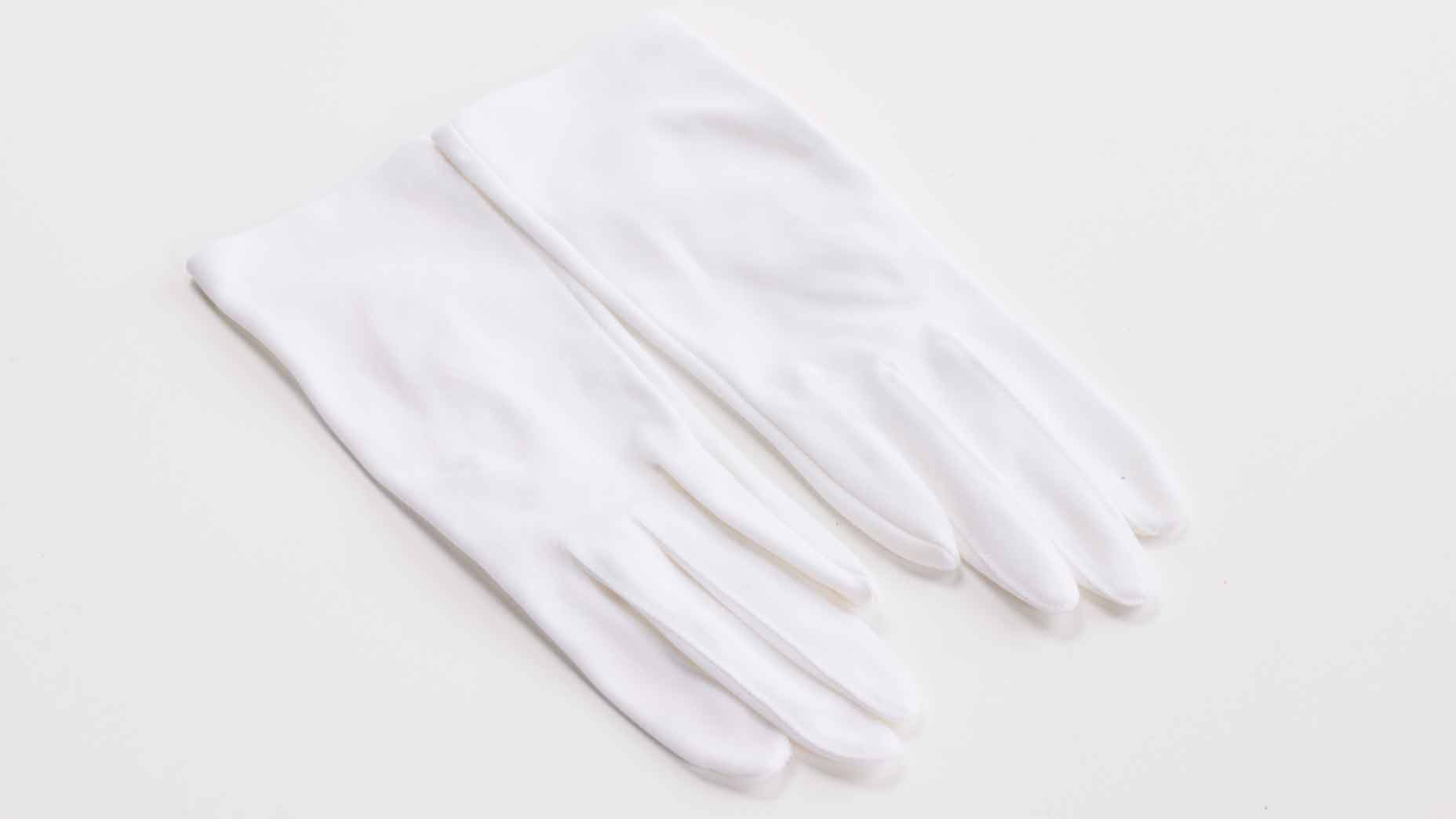
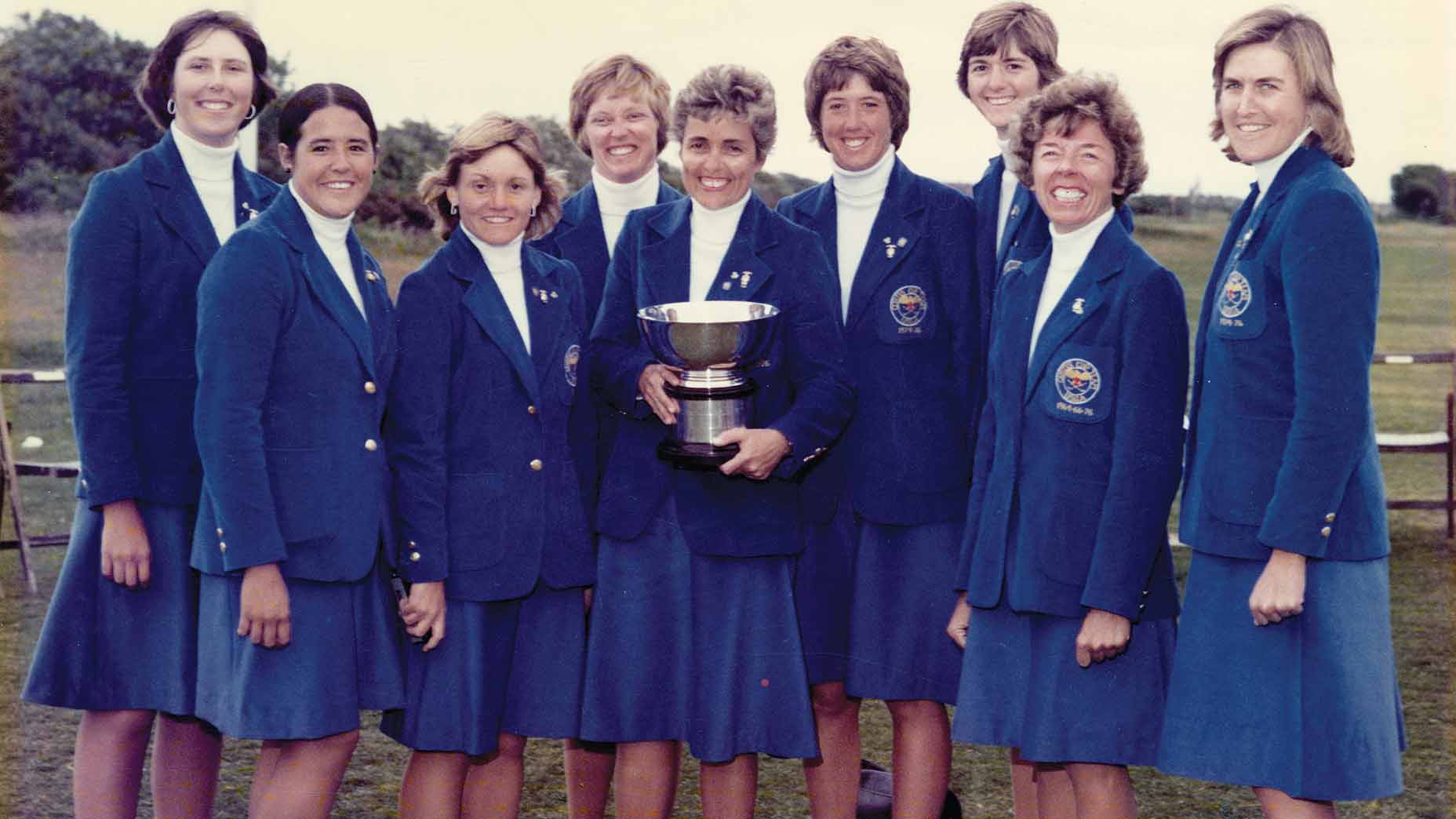
In 1976, I had the honor of representing the United States in the Curtis Cup Match at Royal Lytham & St. Annes. Our entire team traveled to London early and was scheduled for tea at Buckingham Palace with Queen Elizabeth II.
I was quite nervous. As we waited, a few of us practiced our curtsies and nibbled on biscuits and pastries. Then the doors opened, and in walked the queen. But nothing really happened for a few minutes because she was a bit shy and reserved herself, and we were told not to talk to her unless she spoke to us first.
Finally, Debbie Massey, one of the more outgoing players on our team, grabbed a couple of us and said, “Let’s go talk with her.” Debbie asked her about horses, and the queen just lit up. She told us that she had been riding that morning and described her passion for horses.
We had been given white gloves to wear when we shook the queen’s hand to prevent the spread of germs. I took them back with me, and I’ve never worn them since my time at Buckingham Palace. — Beth Daniel
Tom Kite’s wedge
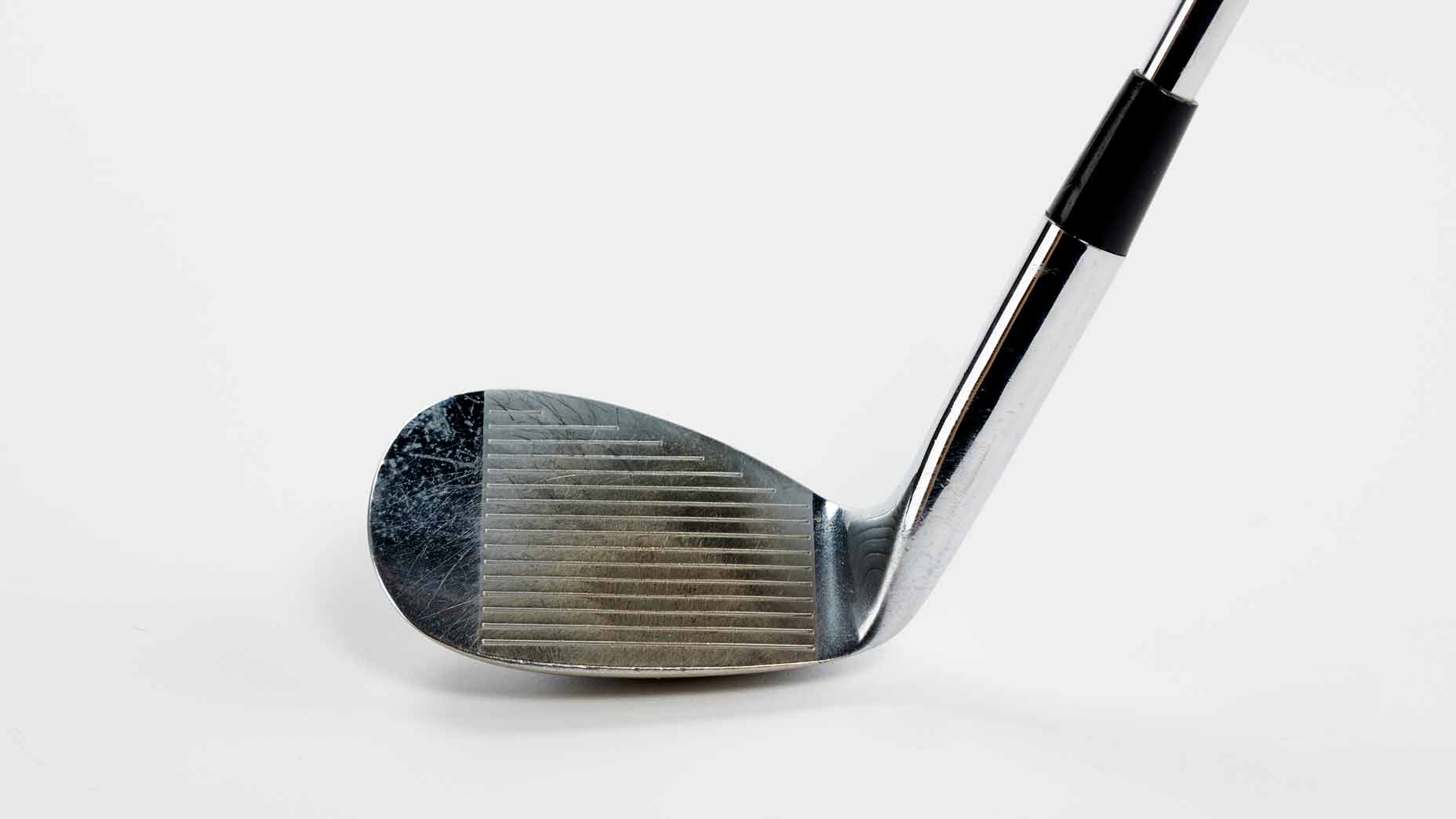

Most people know this 60-degree wedge as the one that I used to pitch in on the seventh hole of the 1992 U.S. Open at Pebble Beach, but what they may not realize is that I used it 10 other times that day.
That final round at Pebble Beach was so windy, nobody could hit any greens, myself included, so it required a lot of up-and-downs to keep your score around par.
The seventh hole is one of the most famous in golf, albeit one of the shortest. It’s 105 yards and downhill, so it’s hard to imagine hitting anything other than an easy wedge, but that day it was blowing 40 miles per hour from right to left. Only one player in the last 15 groups hit that green in regulation. So while I was disappointed to miss my tee shot into the left rough, it wasn’t a huge surprise.
Thankfully, I drew a pretty decent lie, and I was playing my pitch back into the wind. The ball was carrying quite a bit of steam but hit the flagstick squarely and dropped in for a birdie 2. It’s one of those shots where you want to jump up and down and run around the green when it goes in, but there was so much golf left. I tried to stay calm, and thankfully I was able to bring it home. — Tom Kite
Larry Nelson’s jacket


Both my father and my father-in-law served in the military during World War II, so it was something I expected to do. The United States was involved in Vietnam in the mid-1960s, and in 1965 I got drafted into the U.S. Army, 10 days after my 19th birthday.
This was the jacket I wore coming home from the West Coast after my time in Vietnam. I was very proud of my military service – it played a big part in shaping who I became, so I thought it was fitting to have this jacket in my locker.
I didn’t start playing golf until I was 21 years old. During my basic training, I met a fellow soldier, Ken Hummel, who played golf in college and told me how much he loved the game. I had never played before, but that always stuck in the back of my mind. Once I finally picked up a club when I was taking classes at Kennesaw (Ga.) Junior College, I got better every day and fell in love with it, too. — Larry Nelson
JoAnne Carter’s hat
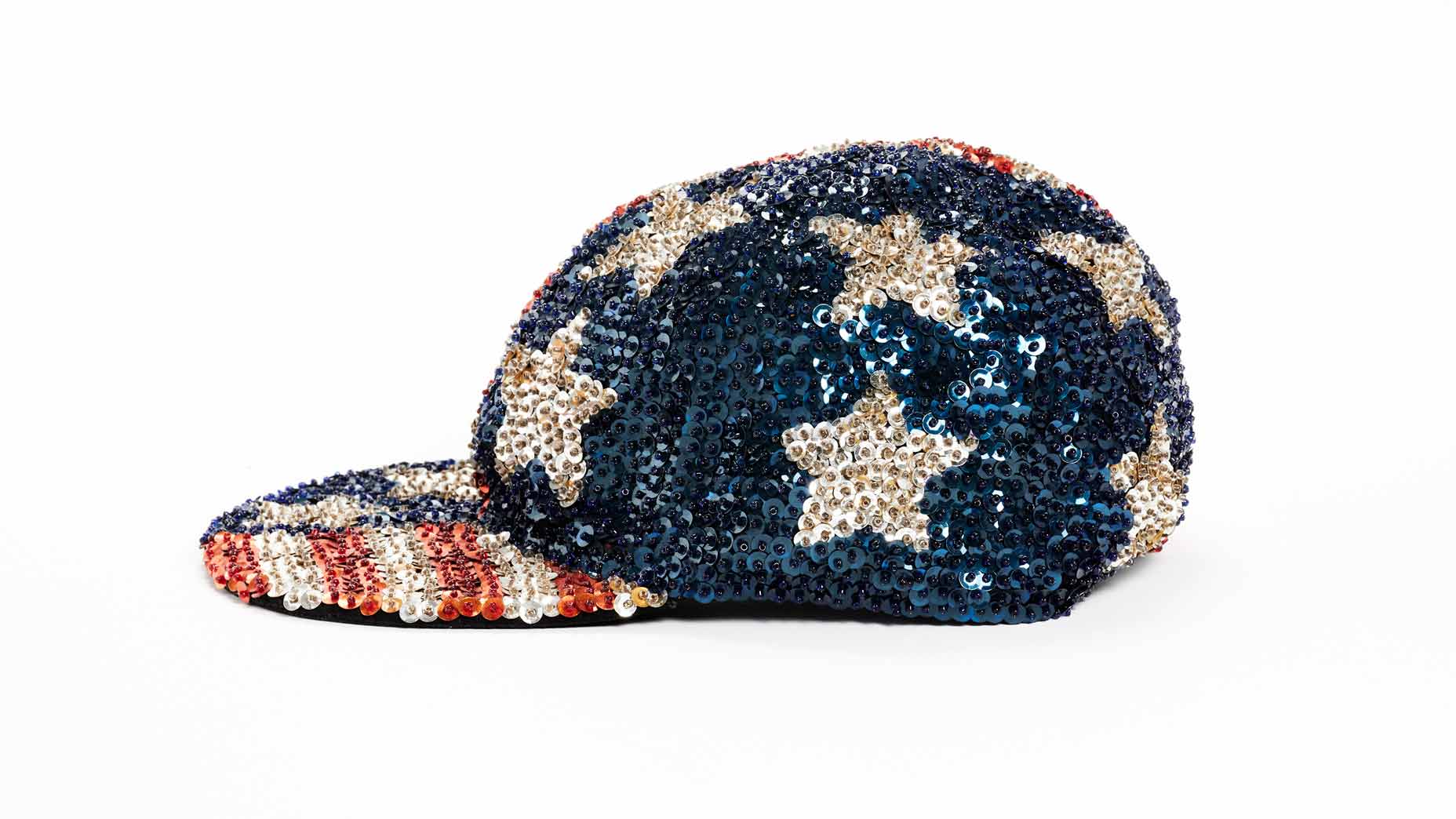
One of the highlights of my career was captaining the 1994 USA Solheim Cup Team.
A few weeks before, at a tournament in Canada, Beverly, a hairdresser who traveled the LPGA Tour with us, said, “I’ve got the perfect hat for you.” She gave me this red, white and blue sequined baseball cap that looked like the American flag. Fitting for an American captain, I suppose. I have a rather large head, so it wasn’t the best-looking hat on me, but I had fun with it.
I like to needle other players, so I paraded around the locker room that week in front of Laura [Davies], Helen [Alfredsson] and some of the other Europeans. They kept trying to steal it there and tried to again during the match at The Greenbrier, which only made me want to wear it more often.
The hat became our good-luck charm — I even took it to the White House after we won. — JoAnne Carter
Ben Crenshaw’s shirt
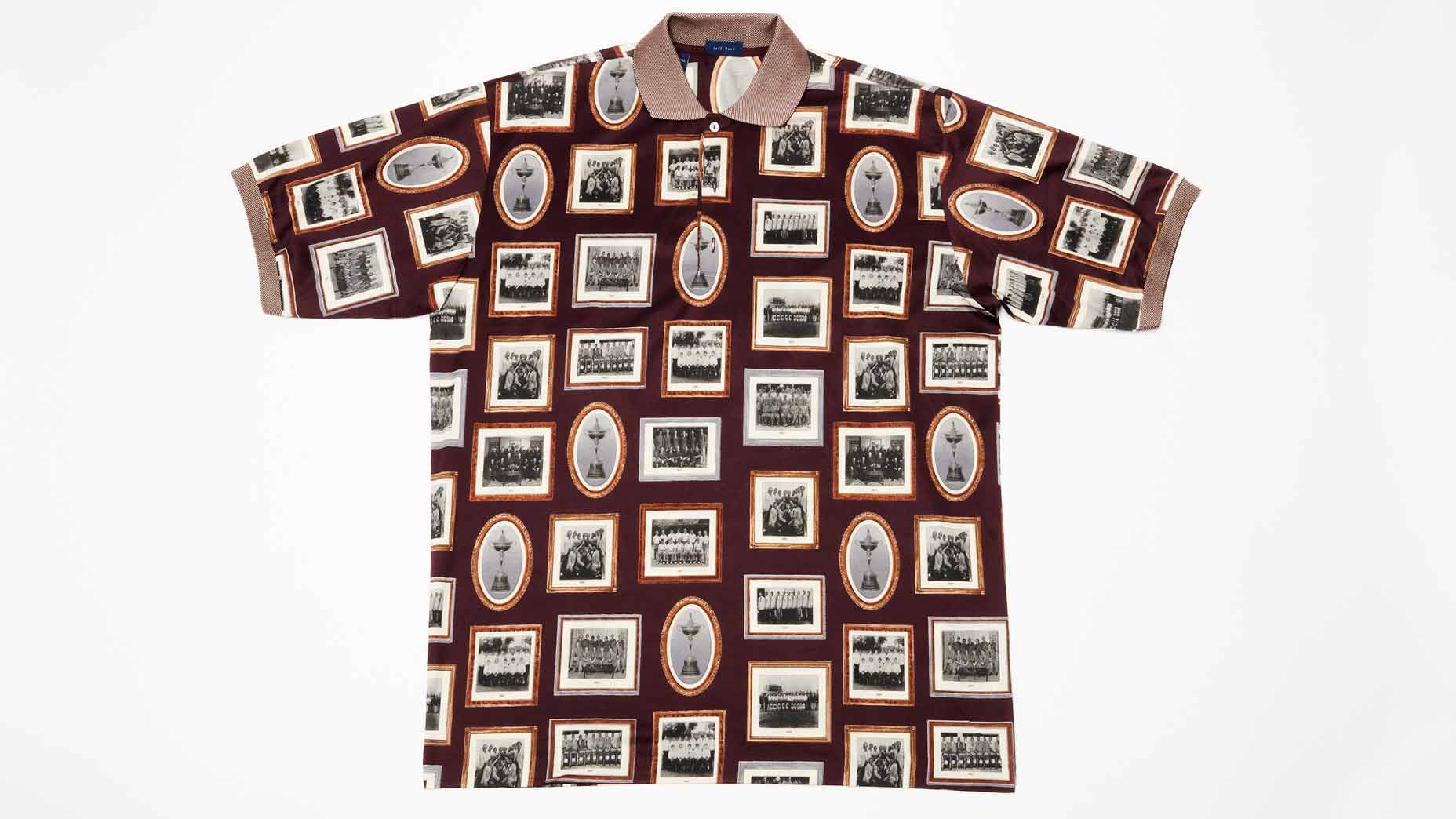
The Country Club [in Brookline, Mass.] is where my life in golf started.
I played the 1968 U.S. Junior Amateur there, and it really nurtured my interest in competitive golf, course architecture and the game’s history. When I was named captain of the 1999 USA Ryder Cup Team, I was extremely sentimental – both for getting to represent my country and for the venue on which we’d play.
We were trailing by four points going into the final day, but there was a great sense of determination and optimism that we could win. Looking back, the moment that stands out most is Justin Leonard’s putt on No. 17, on the same green that Francis Ouimet made a key putt to win the 1913 U.S. Open.
Even more than Justin’s putt, I hear about the shirts our team wore on that Sunday. I oversaw the design and had them emblazoned with past winning USA Ryder Cup Teams as a nod to the history that had come before us. I’ll admit it didn’t make much of a fashion statement, but it worked that day. — Ben Crenshaw
Mike Trostel is the director of the World Golf Hall of Fame.


